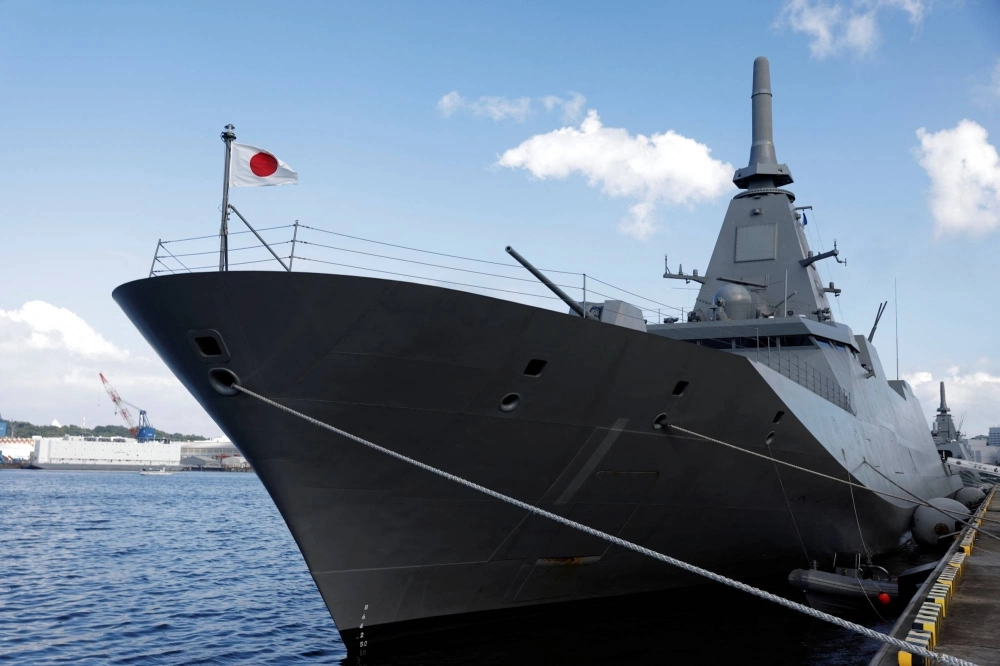As Australia prepares to replace some of its aging frigates, Canberra has identified Japan's advanced Mogami-class multimission warships, operated by the Maritime Self-Defense Force, as one of up to five potential candidates for that role.
While Tokyo and contractor Mitsubishi Heavy Industries would be up against stiff competition from rivals with more experience in defense exports, analysts say that the Mogami-class warships — or co-developed Australian variants of them — stand a fair chance in any bidding war.
Not only would the Japanese frigate’s cutting-edge design and capabilities meet the broad guidelines outlined by the Royal Australian Navy (RAN), its selection would also significantly boost the quasi-allies’ rapidly intensifying military and defense-industrial ties.

















With your current subscription plan you can comment on stories. However, before writing your first comment, please create a display name in the Profile section of your subscriber account page.